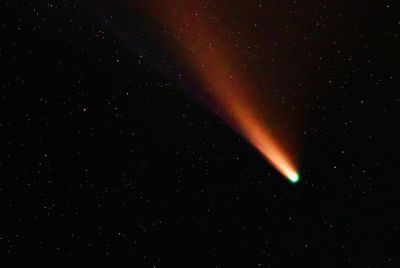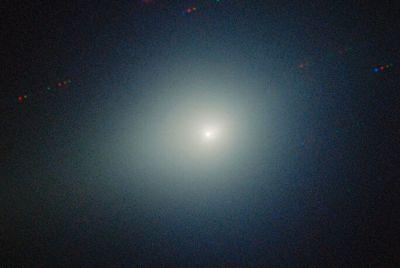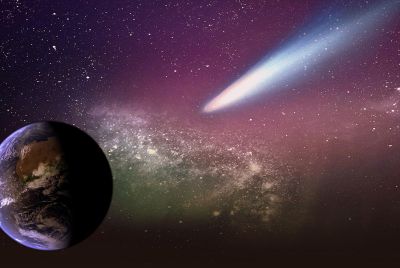Loch Ness Monster Sighting 2025: Did Advanced Technology Prove Ancient Creature Is Real?
Researchers used sonar, drones, hydrophones, and AI tools in the most advanced search ever conducted

The legend of the Loch Ness Monster has fascinated generations, inspiring books, documentaries and countless theories. The creature, affectionately known as 'Nessie', remains one of Scotland's most enduring mysteries.
In 2025, that fascination was reignited when new sonar footage captured what experts described as one of the most convincing anomalies yet. The image, recorded by a local skipper, showed a large, moving shape almost the size of his boat deep beneath the surface. The sighting has prompted a fresh round of searches using advanced underwater and aerial technology.
Despite widespread interest, researchers caution that the evidence remains inconclusive. The latest expedition aims to test whether modern tools can finally separate fact from folklore in the waters of Loch Ness.
New Technology Expands the Search
The latest search, led by volunteers from the Loch Ness Centre and the group Loch Ness Exploration, combined sonar scanners, hydrophones, night vision cameras and baited underwater traps. Remotely operated vehicles capable of descending more than 100 metres were deployed alongside drones equipped with thermal imaging and AI-powered anomaly detection.
Organisers said the goal was to conduct the most thorough modern survey of the loch to date. Hydrophones recorded unusual underwater sounds shortly after one baited camera trap was lowered into the water, though no visual evidence of a large creature was confirmed.
Local skipper Sean McLeod, who recorded the sonar contact, told YouTuber EllieMarieTV the shape appeared 'almost as big as the boat'. He said he had logged more than 200 similar readings over the past decade. McLeod said sonar manufacturer Raymarine later reviewed his footage and suggested the anomaly could represent a large fish or marine mammal, though no such species are known to inhabit Loch Ness.
Scientists Remain Unconvinced
While technology has advanced, scepticism remains high. A recent environmental DNA survey found no traces of large reptiles or fish species beyond known freshwater life, with the majority of genetic material matching eels. Professor Tim Coulson of the University of Oxford told The Sun that it was 'highly improbable' that a large undiscovered species could survive undetected for centuries in the loch.
Researchers have also warned of increasing numbers of AI-generated or digitally altered images circulating online, complicating efforts to verify new claims. Volunteers now work alongside data analysts to identify hoaxes and filter out false positives.
Alternative explanations continue to dominate scientific discussion. Many experts point to wave patterns, floating logs or optical effects caused by light and distance as the source of most reported sightings.
25/10/25 Loch Lomond through the Scottish Highlands to Port Augustus Loch Ness. And we saw Nessie! pic.twitter.com/Tw4DRWoD2o
— Rob McKinnon (@McKinnonRob) October 25, 2025
Elusive Loch Ness Monster Surfaces Near Scottish Highlands #LochNess #LochNessMonster #Scotland pic.twitter.com/75EEh1Pekd
— Most Amazing Top 10 (@_MostAmazing) October 28, 2025
Just a glimpse of Loch Ness when travelling to the Highlands last week... pic.twitter.com/AwjGOHZHcL
— Simon Leadbeater🍃💚🍃 HerbiⓋore & sheep keeper (@OurSacredGrove) October 27, 2025
The Enduring Mystery
The Loch Ness remains one of the deepest bodies of freshwater in Europe, stretching 23 miles and plunging to depths of more than 200 metres. Its sheer size and murky waters make verification difficult and help explain why the mystery endures.
If advanced imaging or DNA sampling were ever to confirm an unidentified large creature, it would mark one of the most significant zoological discoveries in decades. For now, results point to familiar species such as eels and pike, and scientists say that until clear physical evidence emerges, the existence of the Loch Ness Monster remains unproven.
© Copyright IBTimes 2025. All rights reserved.




















